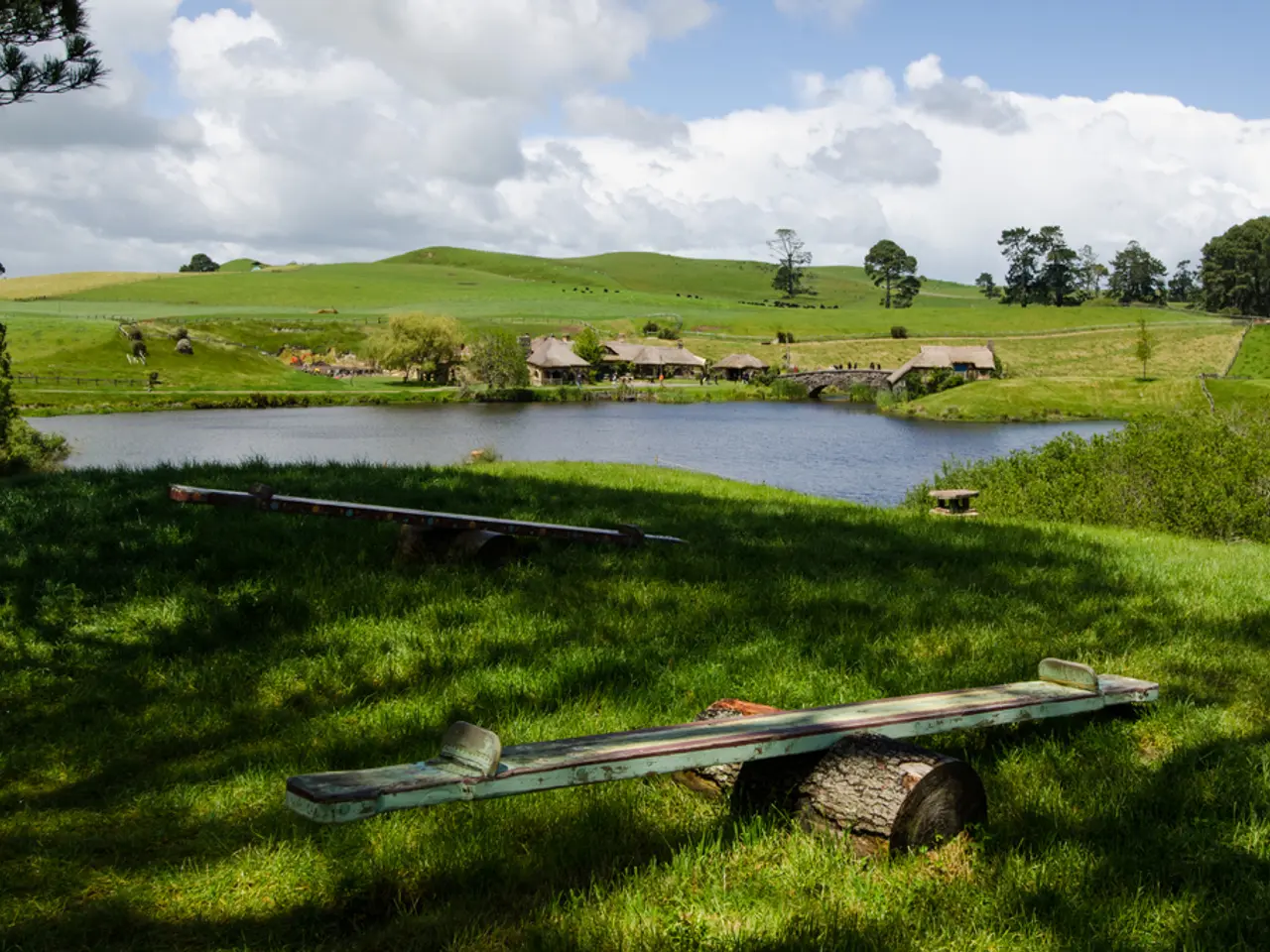Road to restoration and reintroduction of wildlife commences at Castle Howard
Castle Howard Estate Transforms 440 Acres into Biodiverse Carbon Store
North Yorkshire's historic Castle Howard Estate is embarking on a significant transformation, converting 440 acres of underproductive farmland into a species-rich, biodiverse carbon store. This flagship restoration initiative, known as the Biodiversity Net Gain (BNG) project, is expected to contribute to addressing ecological challenges and secure the future of the Estate for generations to come.
Overseen by Environment Bank, the project will span a 30-year period. Its primary goal is to transform difficult-to-farm green space into Bog Hall Habitat Bank, a haven for a diverse range of species. One area of the marshland is already designated a Site of Importance for Nature Conservation (SINC).
The project aims to reintroduce beavers to the site, which will facilitate hydrological engineering, improve soil health, and enhance carbon sequestration. The boggy marshland, located in the Howardian Hill National Landscape, is considered of high ecological value.
Expected outcomes of the project include a significant increase in biodiversity, with bat populations potentially rising by as much as 250%, while plant diversity and numbers of pollinators could increase by 60% and 140% respectively. The project also aims to sequester over 30,000 tonnes of carbon dioxide equivalent greenhouse gas emissions over 30 years.
In addition to the Bog Hall Habitat Bank, the North Yorkshire estate is undertaking a 10-year initiative to restore more than 400 acres of low-yield farmland. This includes reducing carbon inputs from intensive farming, converting some parkland out of arable use for conservation grazing, and expanding woodland areas to further support biodiversity and climate resilience.
Emma Toovey, Chief Ecology Officer at Environment Bank, expressed excitement about the project's potential for nature and historic natural feature restoration. The Honorable Nicolas Howard of Castle Howard emphasized the estate's 300-year history as a custodian of the natural environment and its commitment to responding to the ecological challenges of today.
This project is part of a broader trend among England's great estates to adopt green futures that integrate natural capital enhancement, biodiversity, and climate change mitigation measures. The completed project is expected to generate a near-200% biodiversity uplift, benefiting local communities and the wider environment. The plans for the North Yorkshire estate aim to create a positive legacy for generations to come.
- The Biodiversity Net Gain (BNG) project at Castle Howard Estate, a 30-year initiative, seeks to transform farmland into the Bog Hall Habitat Bank, focusing on environmental-science and sustainable-living practices.
- Additionally, the North Yorkshire estate is undertaking a 10-year project to enhance biodiversity and combat climate-change by reducing carbon inputs from intensive farming, adopting conservation grazing, and expanding woodland areas.
- This transformative work, not only on the Castle Howard Estate but also on England's other historic estates, is a testament to the growing commitment towards integrating science, climate-change mitigation, and lifestyle choices that promote home-and-garden sustainability.




